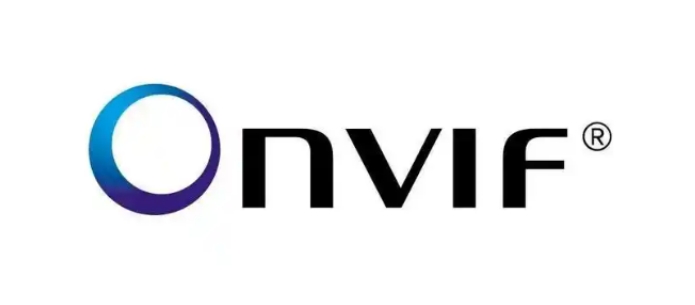PELCO D vs ONVIF Protocol: Which is Best for Your Pan-Tilt Positioner (PTZ Camera)?

PELCO D and ONVIF are key protocols for pan and tilt units. Learn which one works best for your PTZ camera system.
When integrating a pan and tilt positioner (like a pan tilt head or light-duty pan tilt unit), choosing the right communication protocol is crucial. PELCO D and ONVIF are two major standards—but which is right for your setup?
PELCO D is a legacy PTZ control protocol developed by PELCO (now part of Motorola). It’s widely used in older pan and tilt units.
Pros of PELCO D:
✔ Reliable & Mature – Works well with legacy systems.
✔ Low Latency – Direct serial communication (RS-485).
Cons of PELCO D:
✖ Limited Compatibility – Mostly for PELCO-branded devices.
✖ No Encryption – Less secure than modern IP-based protocols.
ONVIF (Open Network Video Interface Forum) is an IP-based standard for modern surveillance devices, including pan and tilt positioners.
Pros of ONVIF:
✔ Vendor-Neutral – Works across brands (Axis, Hikvision, etc.).
✔ Advanced Features – Supports HD video, metadata, and encryption.
✔ Future-Proof – Continuously updated for new tech.
Cons of ONVIF:
✖ Slight Latency – Depends on network conditions.
· Choose PELCO D if you have an older pan tilt head or legacy PELCO system.
· Choose ONVIF if you need modern IP-based control and multi-brand compatibility.
At ZIWIN, our pan and tilt positioners support both PELCO D and ONVIF for seamless integration.
Call to Action:
Need a pan and tilt unit with flexible protocol support? Explore our ONVIF and PELCO D-compatible models! sales@ziwincctv.com